Queen of the Adriatic and city of canals, masks and bridges – there’s no shortage of fascinating facts about Venice!
It’s not hard to fall in love with Venice. It’s one of the most spectacular cities on the planet. A place filled with colourful architecture, pretty waterways and a glittering lagoon. Where else in the world would you reach historic palazzos, churches and museums by boat, travelling along and endless maze of picturesque canals?
So, it’s hardly surprising to hear Venice is one of the most popular tourist destinations in Europe. It’s packed with unforgettable sights, art galleries, museums and restaurants… plus a charm like no other European city. While it may have suffered from over tourism in recent years, there are still ways to explore at your own pace, swapping peak season for the quieter months of the year.
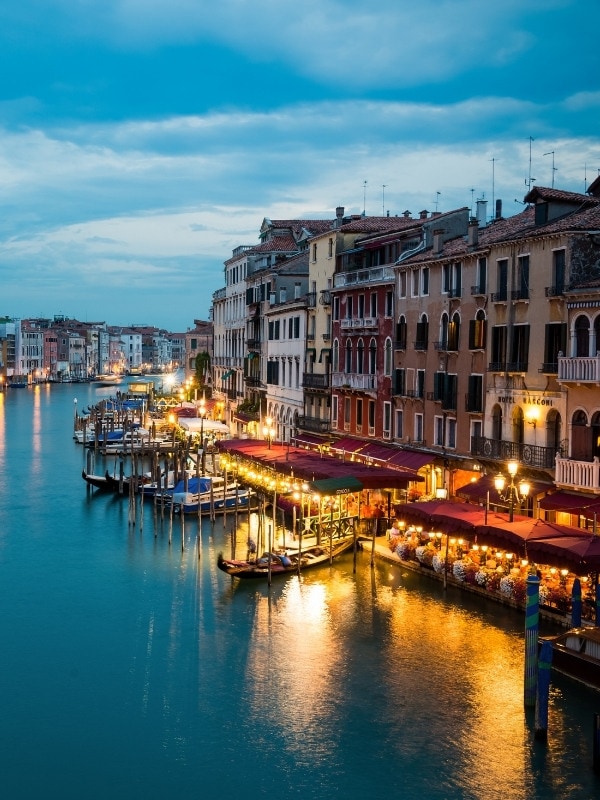
When it comes to Venice, you might think you know it all already. Everyone’s heard of the iconic gondolas, the rambunctious carnival, and the magnificent bridges that cross the canals.
However, there are plenty of secrets lurking beneath the surface of this intriguing city. Whether you’re planning a trip soon or simply want to gain a deeper understanding of this popular city, it’s time to reveal some interesting facts about Venice!
24 Fun and Interesting Facts About Venice
Venice is made up of 118 islands
The city of Venice is actually made up of a number of different islands, each with different characters and landmarks.
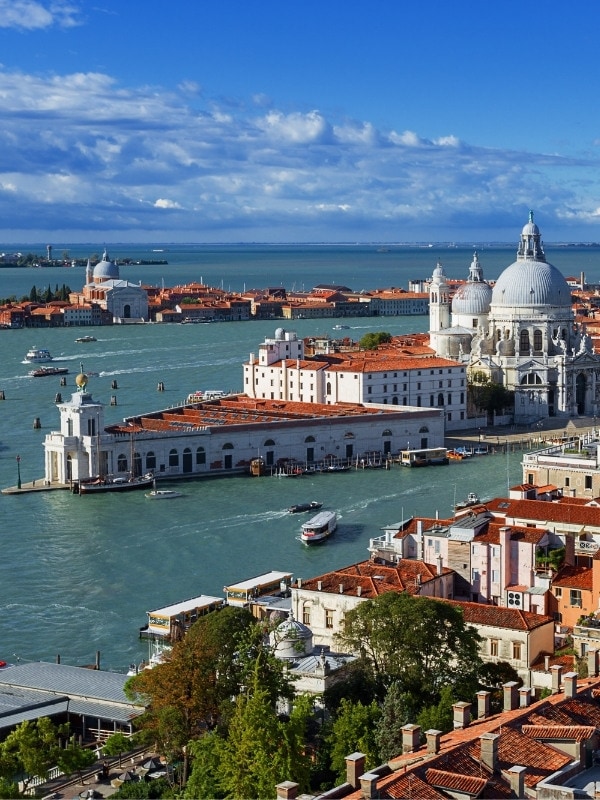
Connected by 400 bridges and 170 waterways, these islands, nestled in a calm coastal lagoon, give Venice its unique charm. As you walk around, it’s easy to forget they are separate islands, as it feels like one city’s land mass. As you explore, I recommend pausing for a moment to appreciate just how much water there is around! It’s incredible to think these buildings have been constructed here really…
Today, the city and its islands are a UNESCO World Heritage site, and one of the most popular destinations to visit in Europe.
It takes a lot of work to become a gondolier
Perhaps the most famous symbol of Venice are the city’s beautifully decorated, historic gondolas.
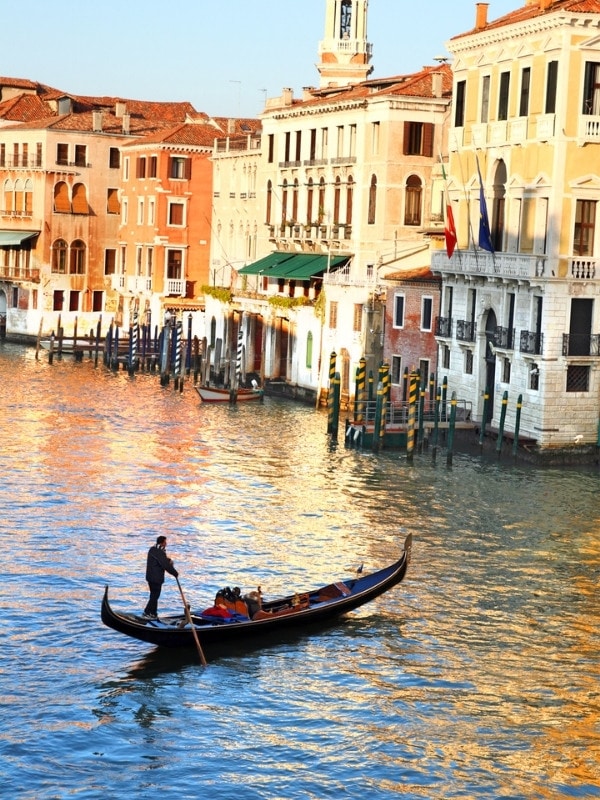
However, did you know becoming a gondolier isn’t easy? Only 3 or 4 new gondolier licenses are granted each year. The art of manning a gondola is a historic Venetian tradition, previously passed down from father to son, and now regulated by a strict training protocol.
Applicants must have amassed over 400 hours of training, undertake an apprenticeship with a master gondolier, and pass an exam.
The word ‘ciao’ originated in Venice
One of the most fun facts about Venice is that the most famous Italian greeting actually originated in the city. ‘Ciao’ well and truly transcends the city – it’s a greeting you’ll hear across the globe.
Its origins stem from the Venetian greeting ‘s-ciavo vostro’, meaning ‘your slave’. This was later truncated until it formed the word ‘ciao’!
Venice is built on some pretty special logs
One little-known, interesting fact about Venice is that the majority of its beautiful buildings are in fact constructed on petrified wooden platforms (fossilised and mineral-rich logs) that provide the underwater foundations of the city.
These logs were originally imported from central European countries like Slovenia and Croatia, and are made from alder trees, known for their water resistant properties.
Venice’s Grand Canal is two and a half miles long
Did you know the city’s central thoroughfare, the Grand Canal, stretches for two and a half miles and is 16 feet deep?
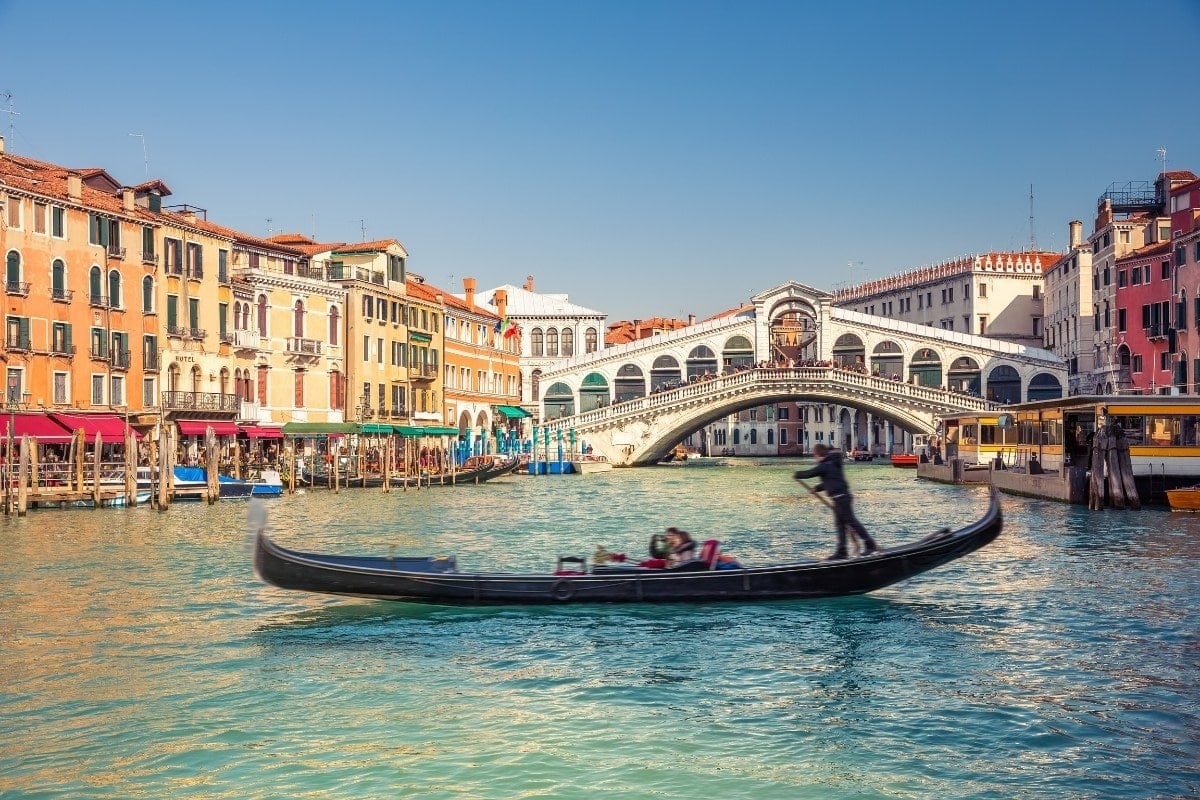
With no cars in Venice, 60% of the total city traffic passes along the Grand Canal, making it one of the most important waterways in Italy. Despite it being busy, it doesn’t have the intensity of driving down a busy motorway!
Venetian gondolas have to be black by law
One of the most interesting facts about Venice and its gondolas is that these historic boats have to be painted completely black. This archaic law was designed to reduce unfair competition between the city’s many gondoliers.
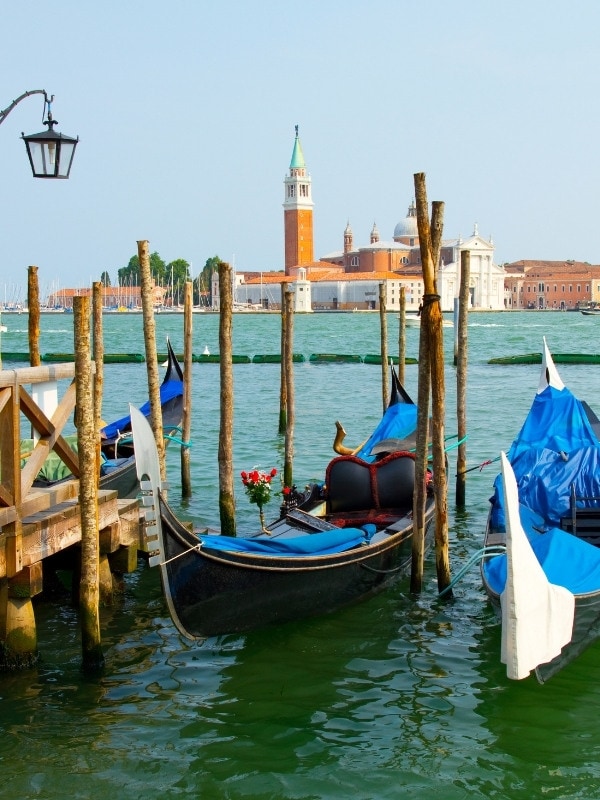
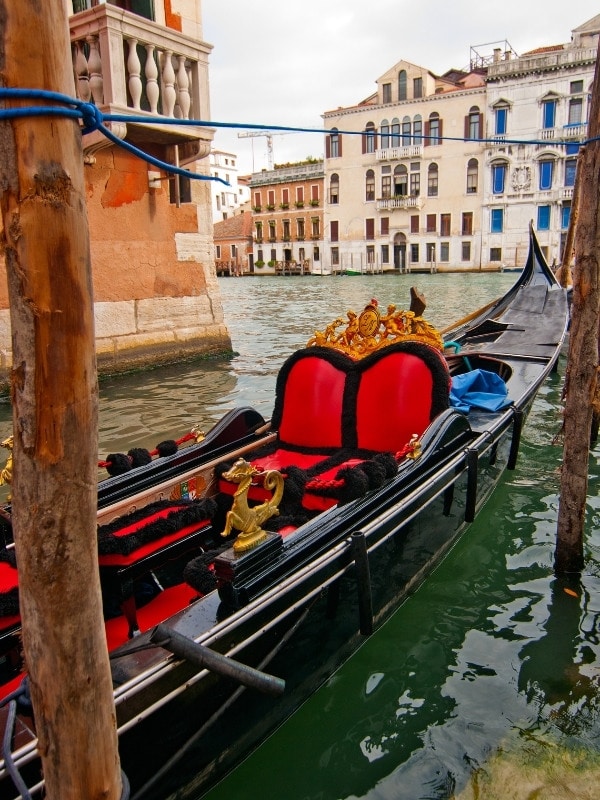
Today, gondoliers decorate the inside of their gondolas with bright colours, padded seats and pretty extras to make them stand out from the crowds.
Venice has an independent spirit
Although it’s one of Italy’s most famous and interesting cities, Venice was an independent city-state for over 1,100 years.
It was an influential and important maritime trading republic from 697 to 1797, when Napoleon conquered the city. It was later incorporated into the Kingdom of Italy in 1866.
Don’t walk between the columns
If you’re remotely superstitious, don’t walk between the two columns holding the city’s patron saints in Piazza San Marco. It used to be the place people were executed, so it’s considered unlucky.
Venice is sinking
Most people know that Venice is having problems, and a lot of them revolve around the water. A city constructed on the water is inevitably precarious, and recent reports have indicated that Venice is sinking up to 2mm per year.
This is due to a mix of natural and human causes, and means that some of its most famous monuments are increasingly in danger of flooding. The last time I visited, much of Piazza San Marco had platforms ready incase the paving stones were underwater.
Venice has one of the narrowest streets in the world
The twisting turning streets and canals of Venice are a real labyrinth. I remember getting lost several times as the streets start to look very similar once you’ve delved into the depths of the city. Another interesting fact about Venice is that it’s home to one of the narrowest streets in the world.
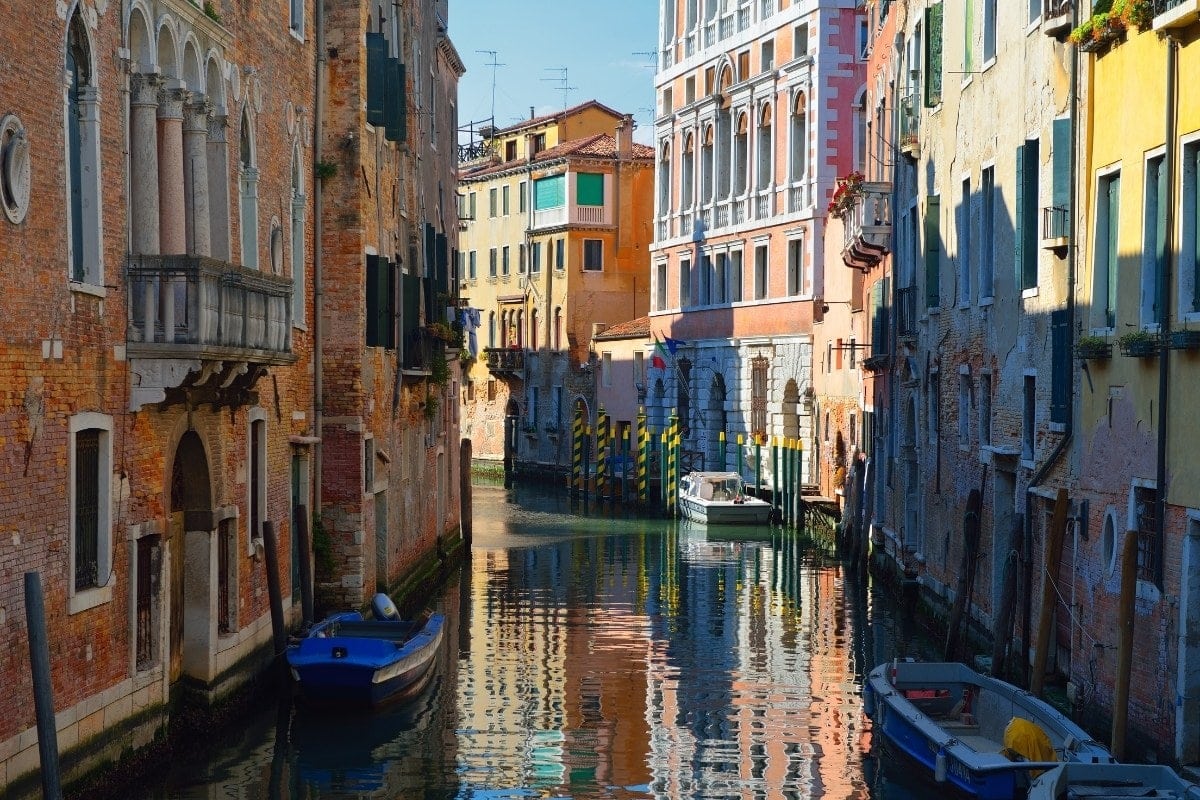
And by narrow, I mean seriously narrow! Calle Varisco is just 53 cm wide and is named after the Varisco family, a group of silk workers who were notable in the city in the 15th century.
Famous traveller Marco Polo came from Venice
Known for his fascinating account of trade along the Silk Road, Marco Polo was one of Venice’s most famous and intriguing residents. Marco Polo and his family were characteristic of the Venetian merchants that moved around the Mediterranean and Islamic worlds in the Middle Ages, but he was one of only a few who wrote about his journey east.
After his death in 1324 he was buried in the church of San Lorenzo in Venice.
There has only ever been one female gondolier
Historically, being a gondolier is a male profession. It’s a trade with closely guarded secrets, passed down the generations from fathers to their sons. However, in 2010 Giorgia Boscolo, herself the daughter of a gondolier, made history by becoming the first woman to pass the strict exam to become a gondolier.
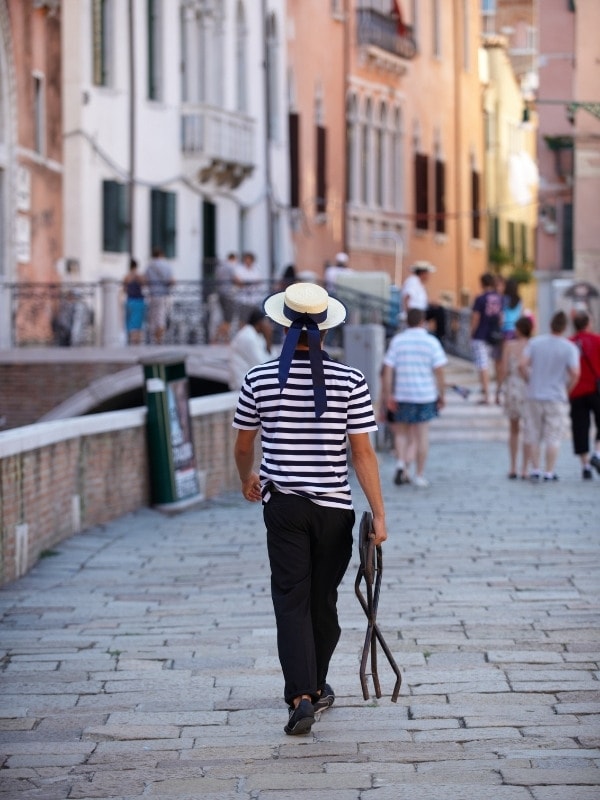
Venice was home to the world’s first public casino
Casino di Venezia is widely thought to be the oldest casino in the world, dating back to 1638. Having entertained rich and famous visitors to the city for centuries, the casino is now housed in a 1930s building, and its original site is the final resting place of the German composer Richard Wagner.
Venice’s church towers played an important role in history
A very interesting fact about Venice is that its church towers also played a role in navigating sailors across the lagoon and along the canals. Essentially, they were lighthouses for the ships.
St Mark’s Basilica had reflecting sheets attached to help reflect light to the surrounding lagoon.
The Campanile has been struck by lightning multiple times
The Campanile, the distinctive pointed bell tower of Saint Mark’s Basilica, is the tallest building in Venice. While this means that it offers stunning views over the city and the Piazza San Marco, it also means that it attracts lightning in stormy weather!
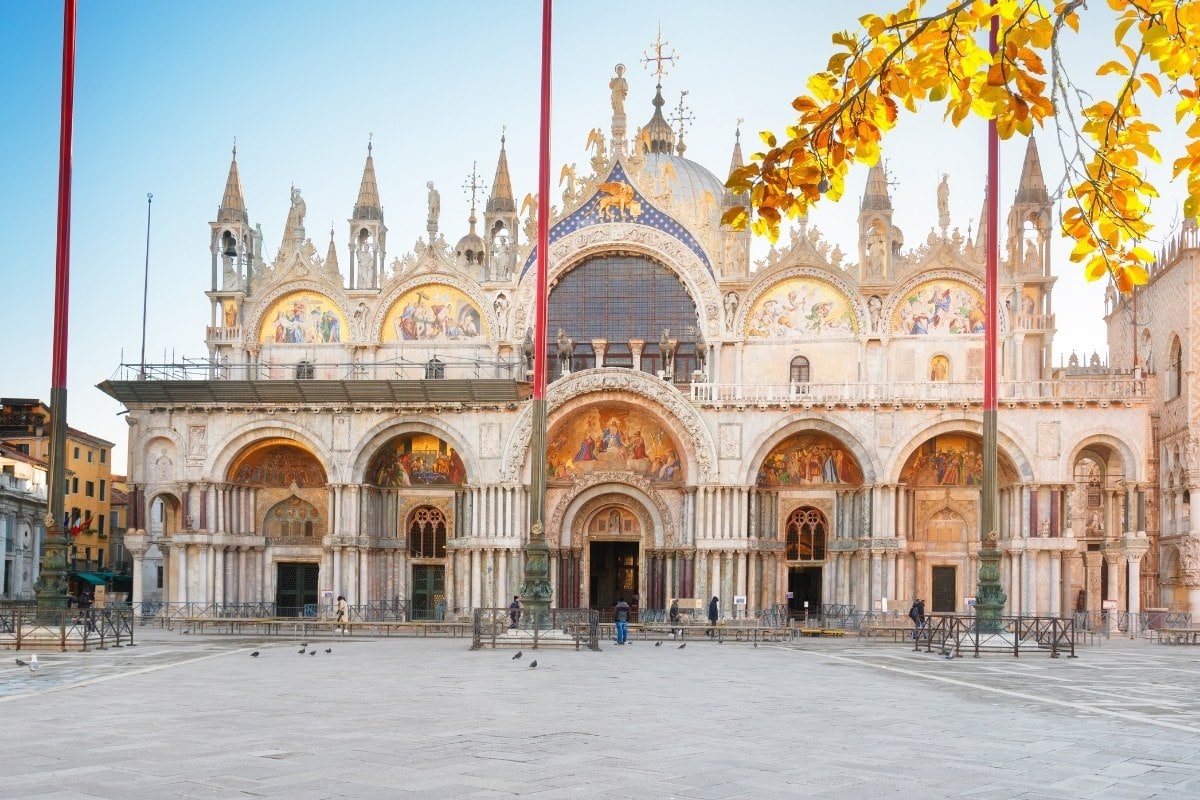
The bell tower has been severely damaged by lightning over 10 times, but today is fitted with a lightning conductor to prevent any further problems.
Venice was founded by refugees fleeing Germanic invasions
The origins of Venice are a little bit of a mystery, but historians think that the city was established by people from nearby Roman cities, fleeing invasions by Germanic and Hun tribes in the 5th century AD. The Venetian lagoon was the perfect hiding place for refugees seeking to avoid the turmoil and violence of the end of the Roman Empire.
Venice’s Carnival first started back in the 12th century
One of the most iconic Italian celebrations, the Venice Carnival is a riot of colour, food and entertainment, and a ritual that stretches back to the Middle Ages.
The tradition began as part of a celebration to prepare for the long period of fasting during Lent, and is rumoured to have first taken place in 1162 to mark the victory of the Venetian Republic over Ulrich II von Treven, the Patriarch of Aquileia.
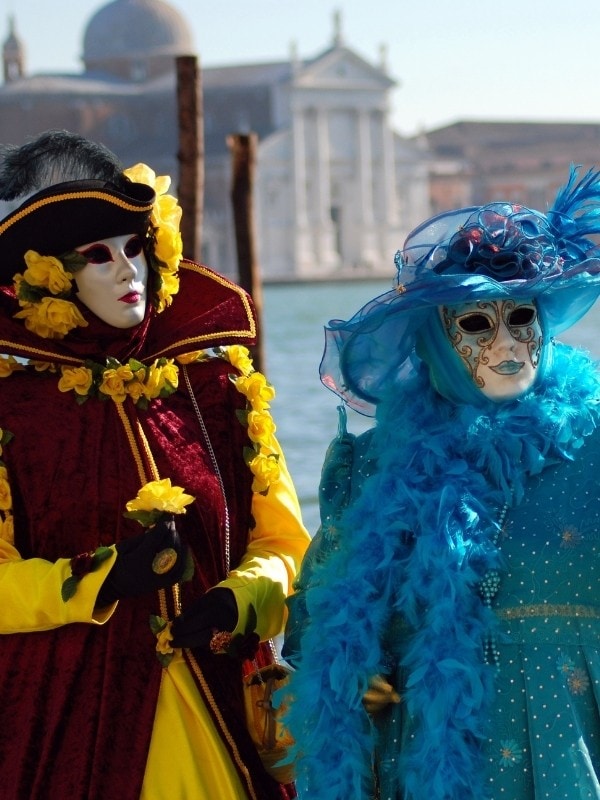
St. Theodore was the first patron saint of Venice
Although St. Mark is inextricably associated with Venice, the original patron saint of the city was St. Theodore. His statue can be seen to this day in the Piazza San Marco, stood atop a tall column.
Venetian Carnival masks provided a cover for illicit activities
Venice is known for its beautiful carnival masks, decorated with elaborate designs and opulent plumage. Back in the Middle Ages, these masks provided rare possibilities for mixing between social classes, which was usually strictly prohibited in the highly stratified Venetian society.
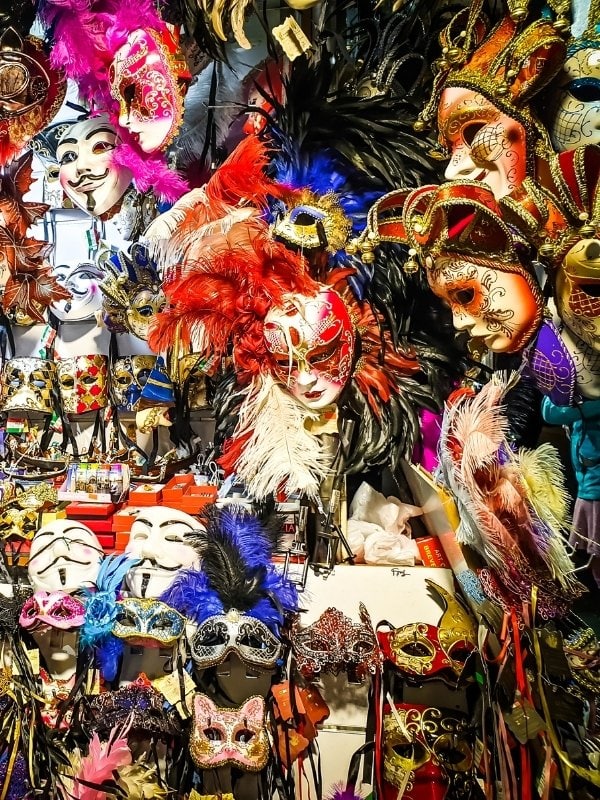
They also provided a cover for illicit activities and romantic encounters.
The origins of the Venetian Spritz might surprise you
The Venetian Spritz is popular in the city, and definitely something to try on your city break. Many believe it was an invention by Austrian soldiers. During Austria’s dominance in Italy, the soldiers apparently found Italian wine too strong, so decided to add some sparkling water. It makes even more sense when you hear that ‘spritzen’ is the Austrian verb for ‘to spray’.
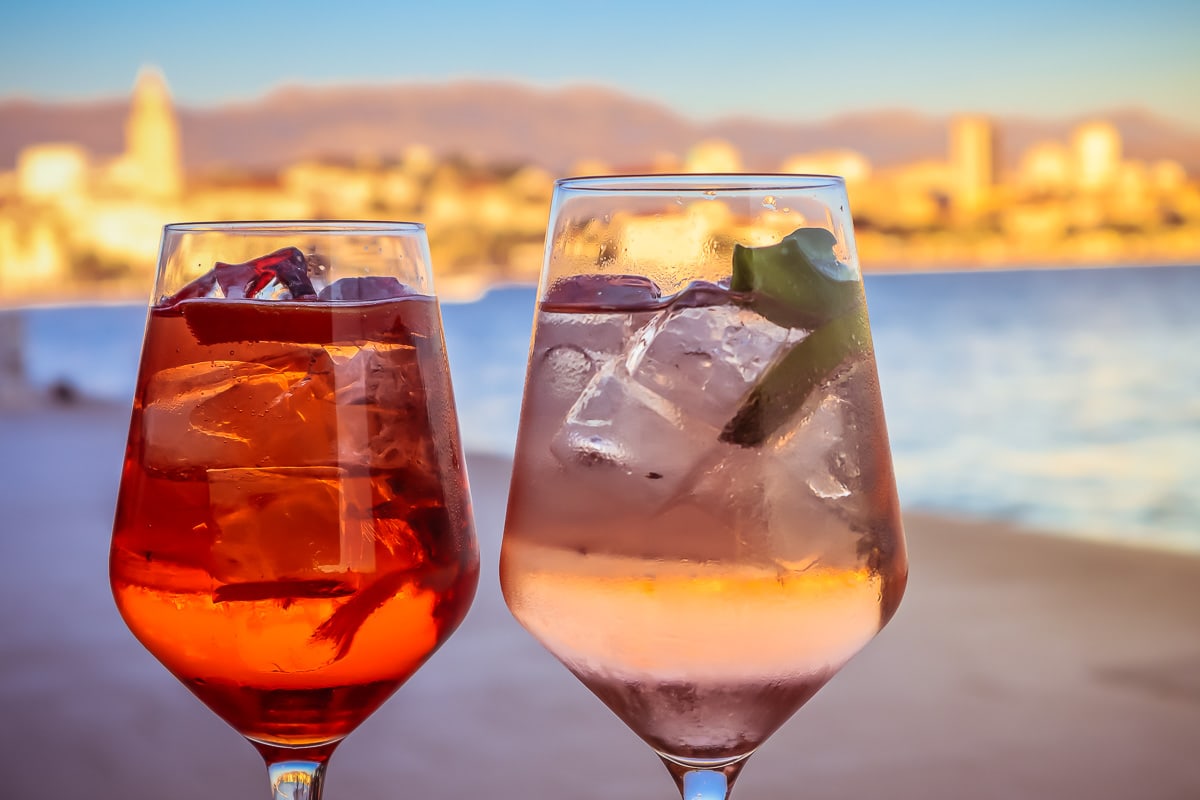
However, rather than finding it too strong, the local Venetians thought that the drink was a little on the dull side. They made it more interesting by adding liqueurs. Today the ingredients are usually:
1/5 Aperol,
3/5 White Wine
1/5 Sparkling water or seltz
A peel of lemon or orange
However, many will substitute the wine for sparkling wine or prosecco.
Venice is a city of bridges
There are over 400 bridges in Venice, with the most famous being the Rialto Bridge and the Bridge of Sighs. However, there are a few lesser known bridges, with interesting stories.
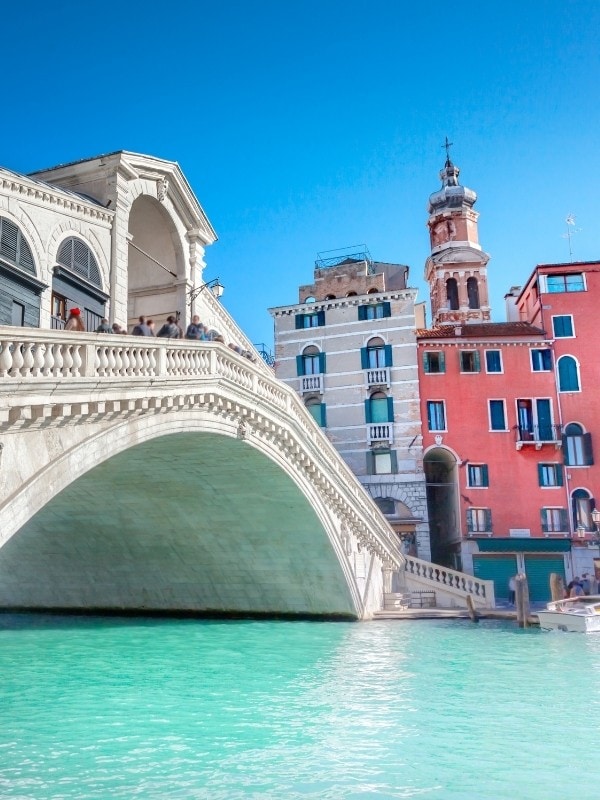
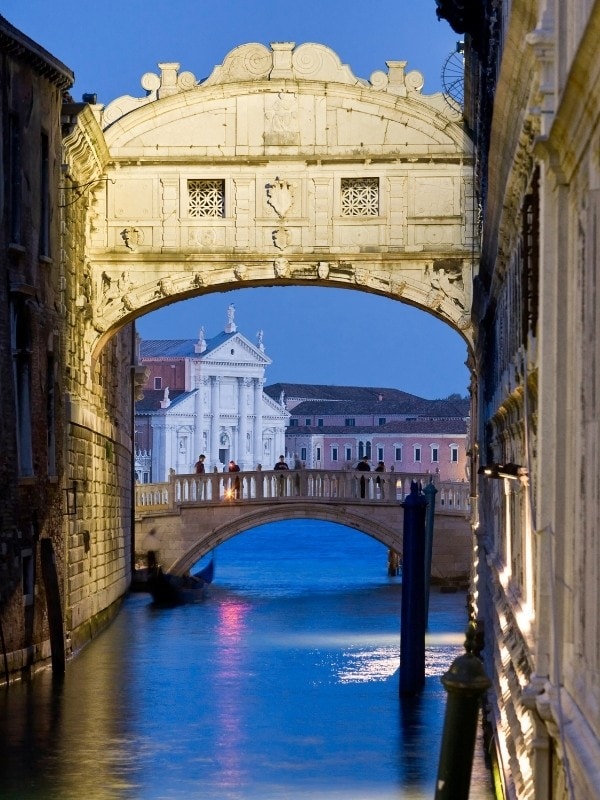
Ever heard of the Ponte delle tette? It literally translates as the ‘Bridge of the Tits’, as it was used by prostitutes who stood topless on the bridge. There’s also the Ponte dei Pugni, ‘Bridge of the Fists’.
This was famous for fights right up until 1705, when they were finally banned. If you visit, look at the ground and you’ll see four white marble footprints marking the starting point for fighters.
Venice is renowned for glass blowing
Venetians have been producing glass since the 10th century, and thanks to their special techniques, make some of the finest glassware in the world. Venetian glass is known as Murano glass, because in 1291, all of the glass-making workshops in the city were moved to the nearby island of Murano.
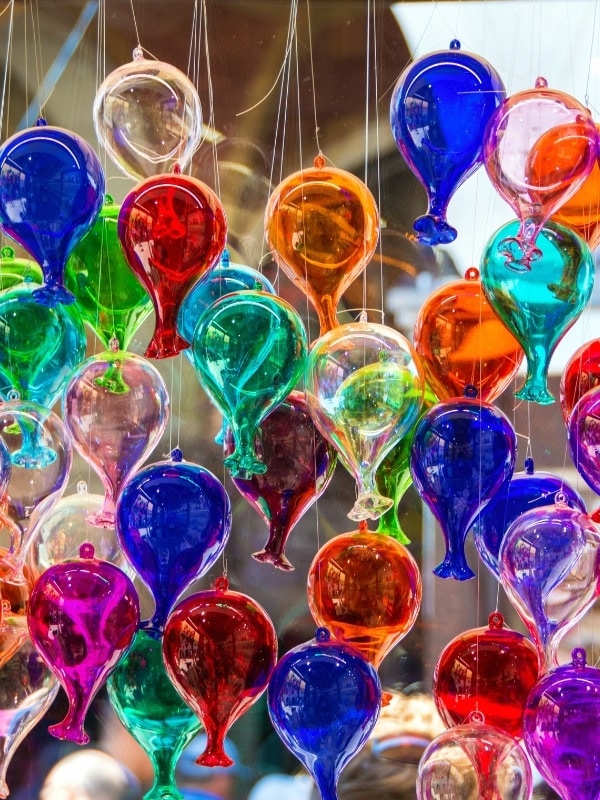

The industry moved due to fears that the hot furnaces that were used in glassmaking could pose a fire risk to the primarily wooden buildings of the city of Venice.
It also meant that the techniques used by Venice’s master glass blowers were shrouded in myth and secrecy – you could incur the death penalty for sharing these carefully guarded secrets!
If you get the chance, go on a day trip from Venice to Murano. It’s amazing to see this traditional skill in action.
The famous Piraeus Lion is actually inscribed with Viking graffiti
The Piraeus Lion is one of a number of lion statues found at the Venice Arsenal (the city’s complex of former shipyards) and is thought to represent the city’s patron saint, Mark. However, this statue has a long and complicated history, having been originally sculpted all the way back in 360 BC.
It was taken from Athens by the Venetians in the 17th century. Curiously, it contains a number of runic inscriptions that are thought to have been made by Viking travellers back in the 11th century.
The graffiti reads: “ In the harbour the men cut runes by the sea in memory of Horsi, a good warrior. The Swedes set this on the lion. He went on his way with good counsel, gold he won in his travels”.
The Grand Canal hosts a grand boat race every September
The Regata Storica is one of the most hotly anticipated events on the Venetian calendar, comprising a historical boat parade and a series of exciting rowing races.
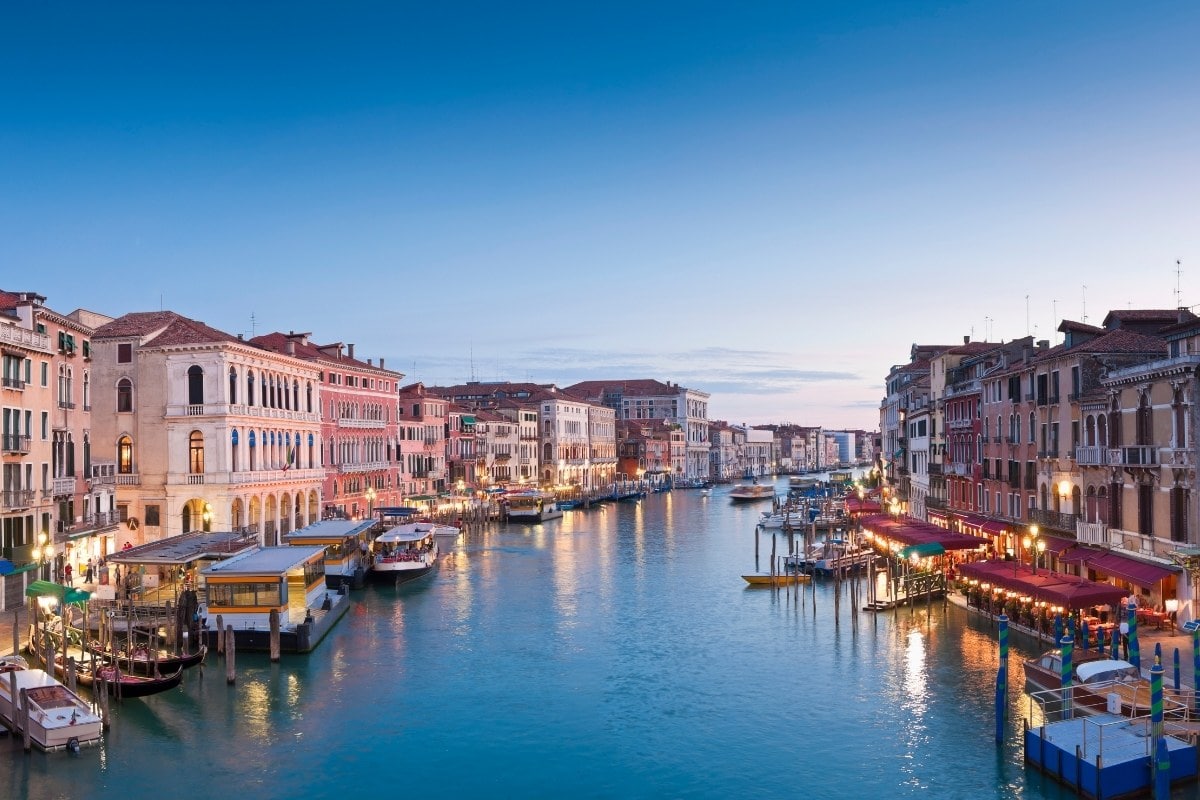
The event was originally established to allow the gondoliers to show off their finely honed skills, and today is a colourful, flamboyant celebration of Venice’s maritime past.
I hope these fun facts about Venice have given you some inspiration for your next Italian adventure! Have you got an interesting fact about Venice? I’d love to hear it!
Venice features in my guide to the Best Northern Italy Road Trip Itinerary. Find out where else I recommended visiting here.
Enjoyed this post? Pin it for later…



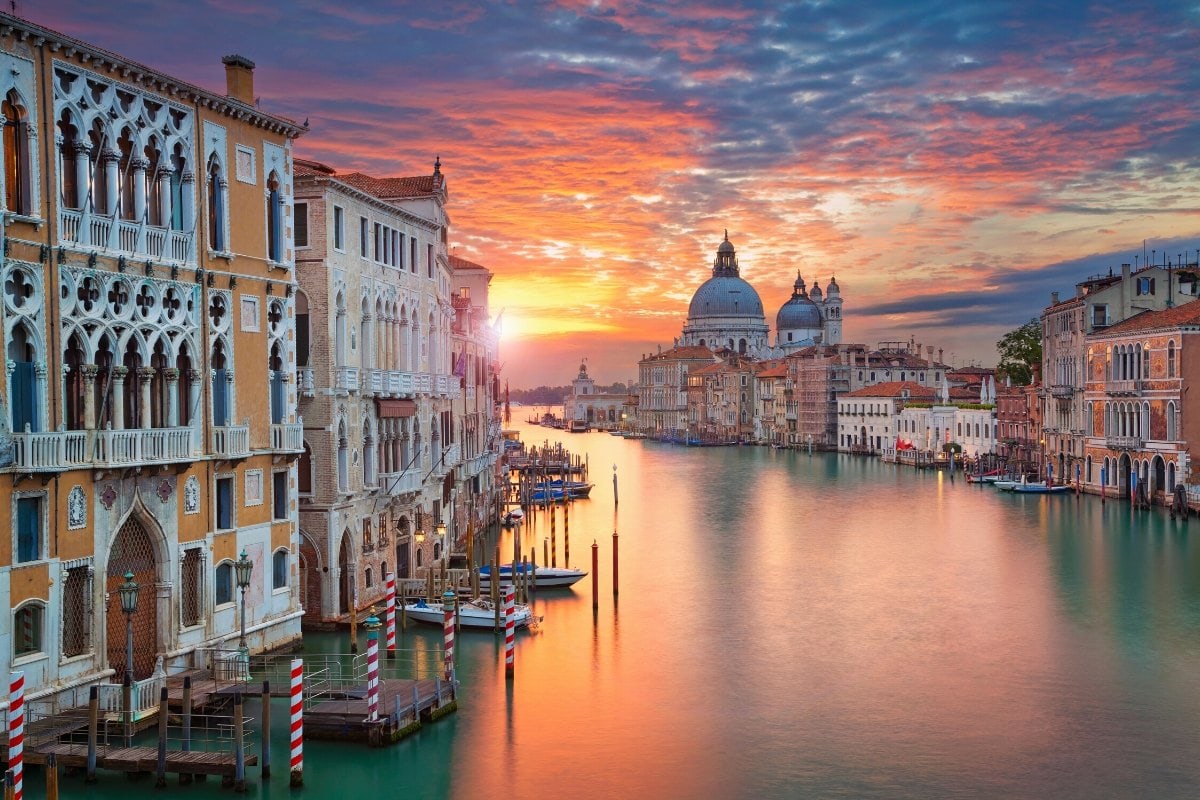
I love Venice. It’s beyond beautiful! I had the best eggplant lasagna of my life in Venice 2 summers ago… so amazing. I love the Cannaregio area. It was definitely our favorite area of Venice!
Sounds like an amazing trip!